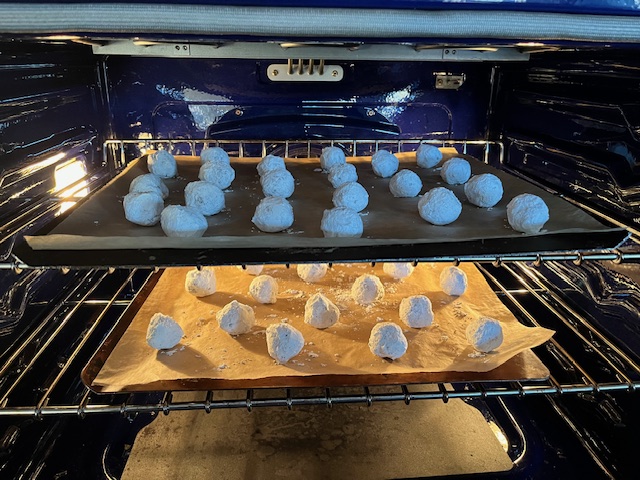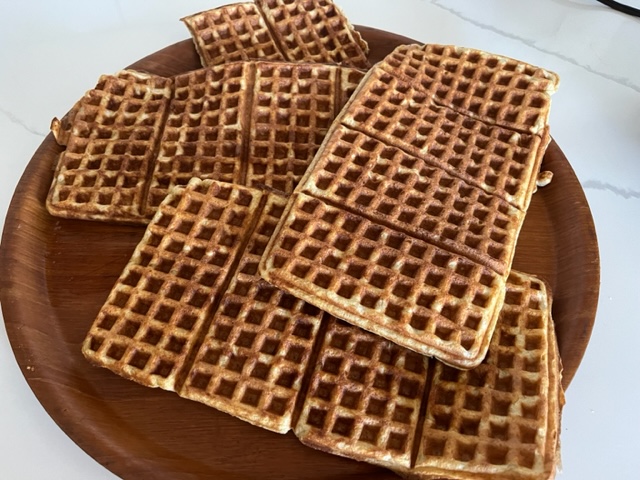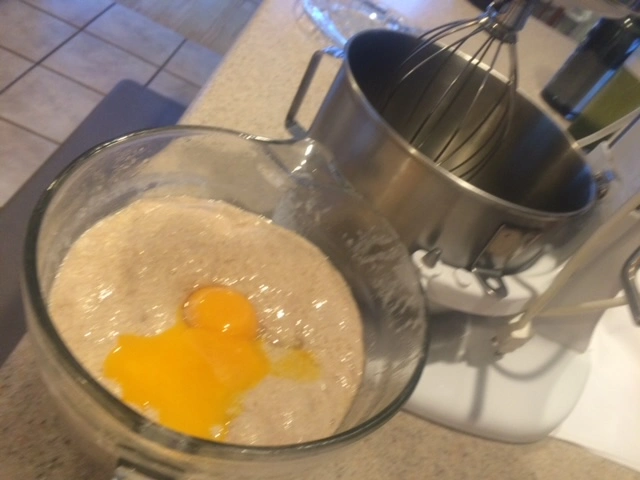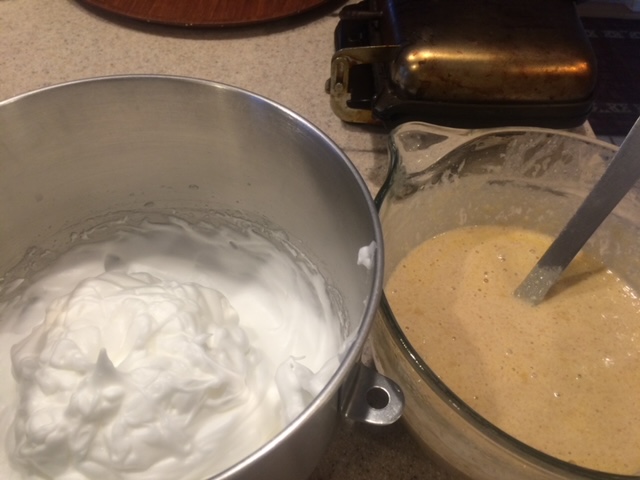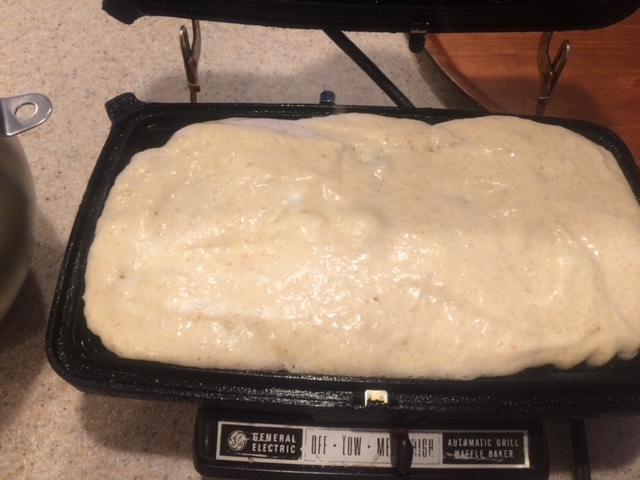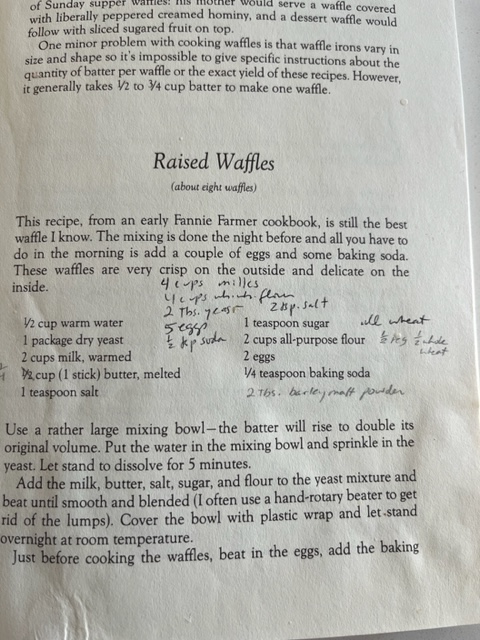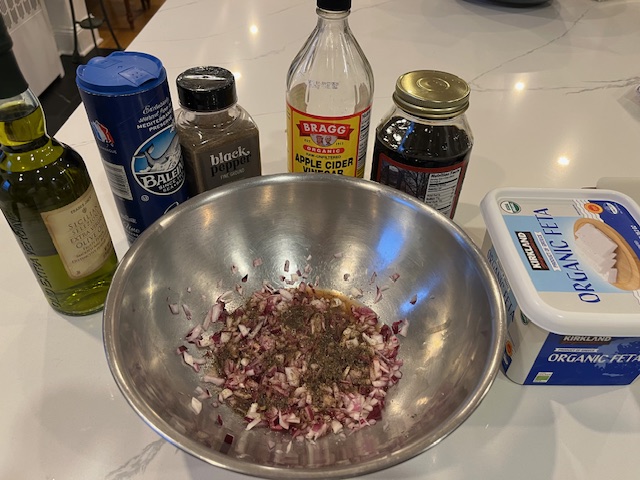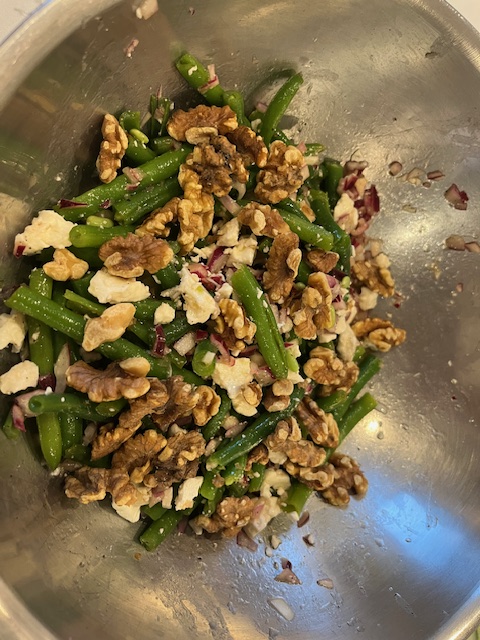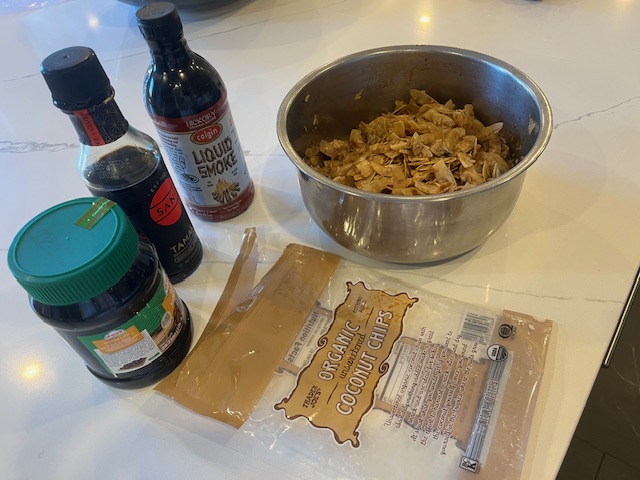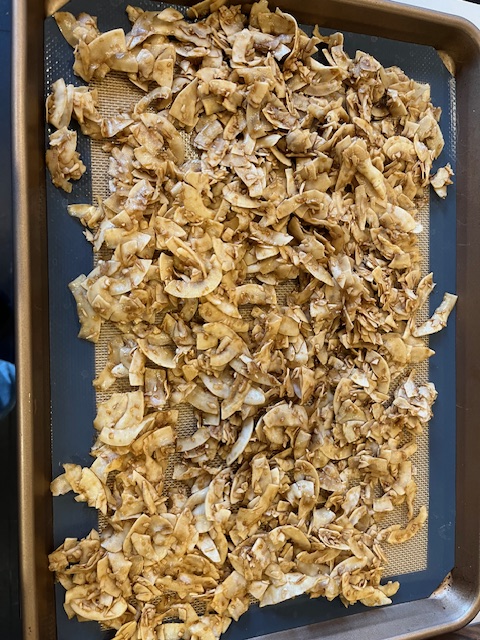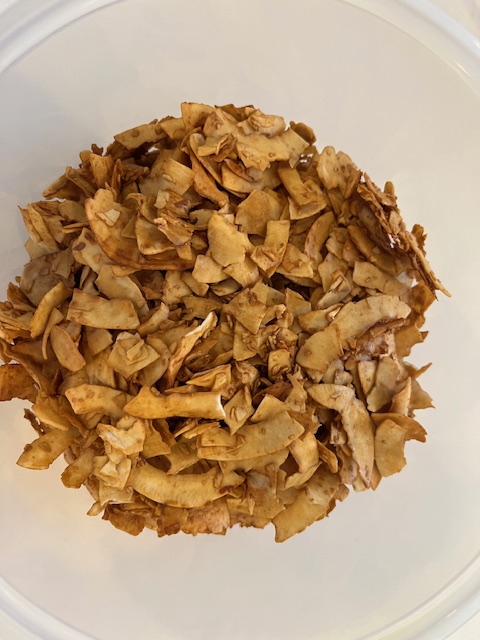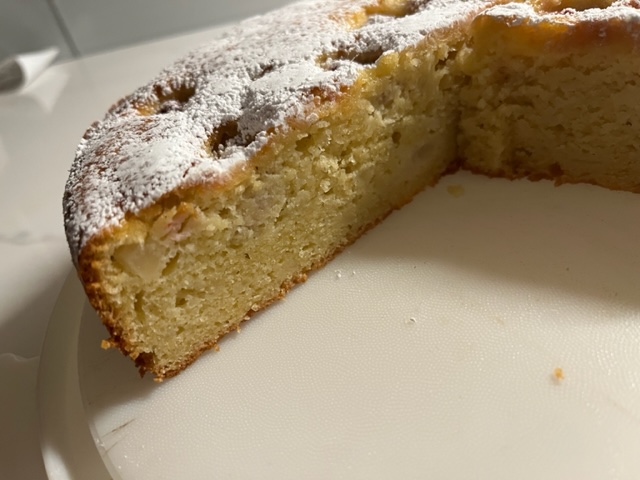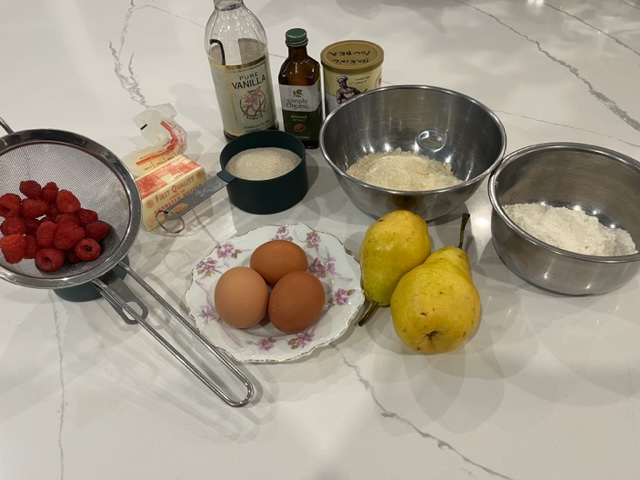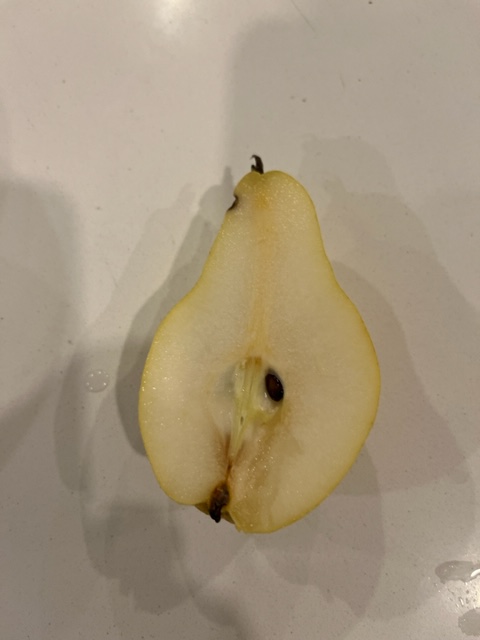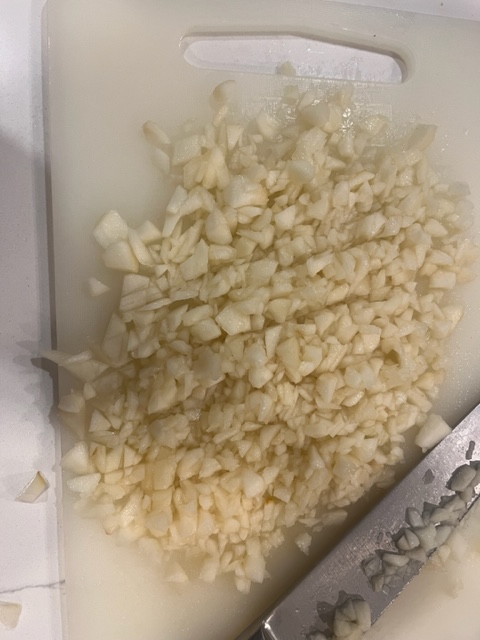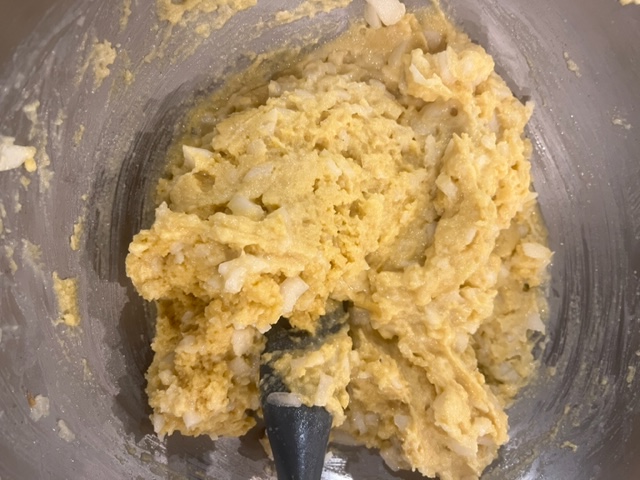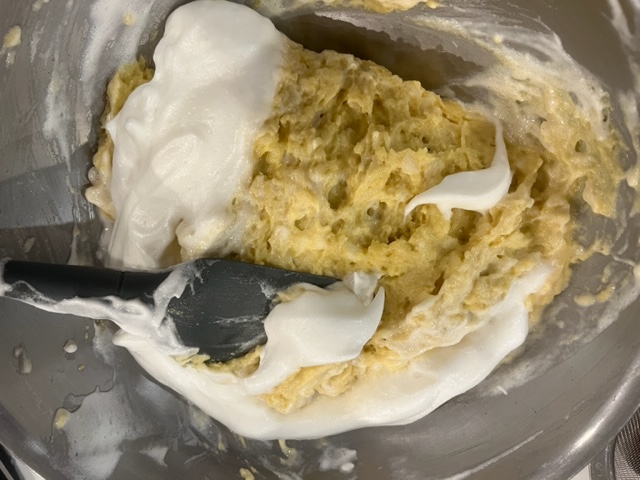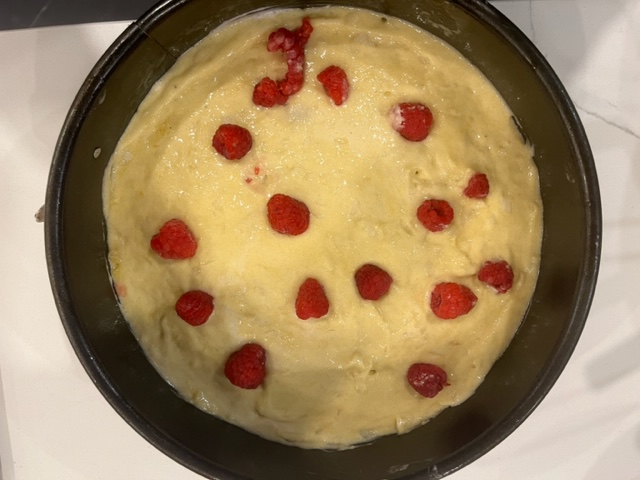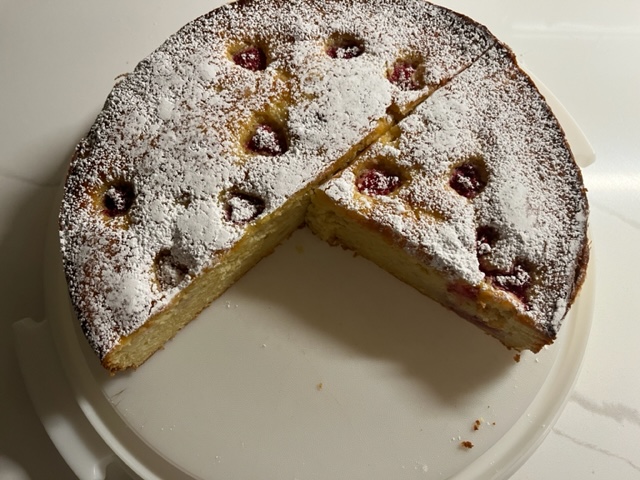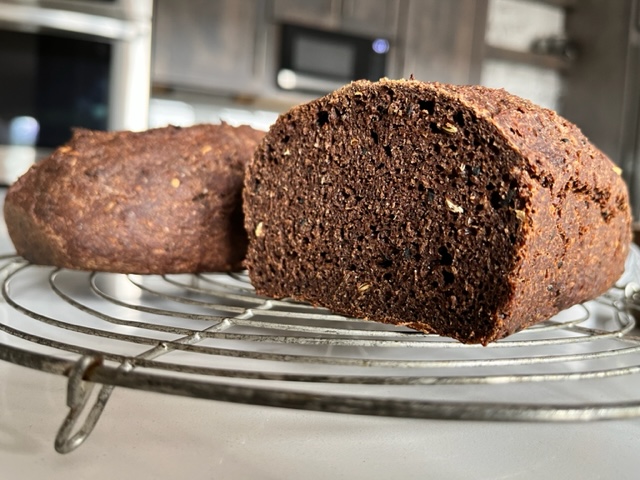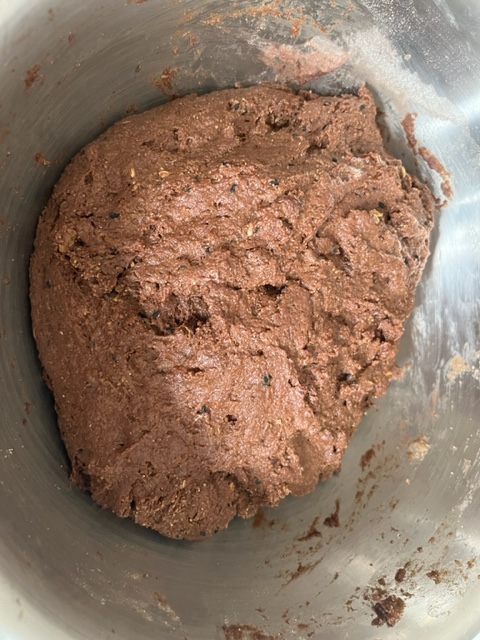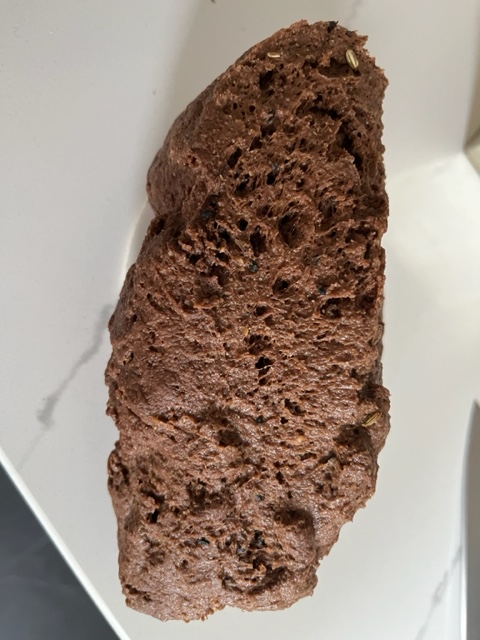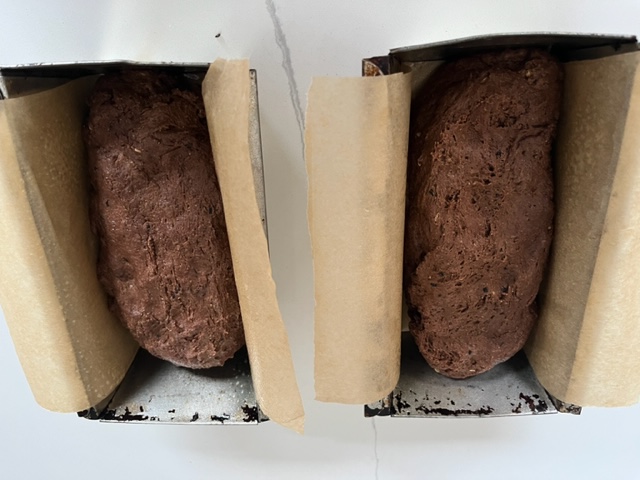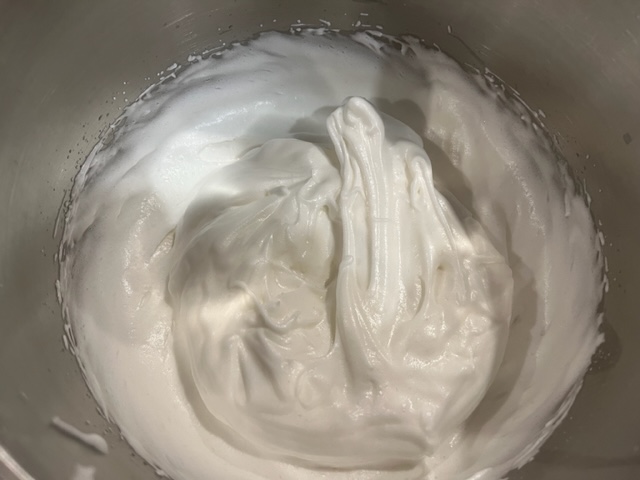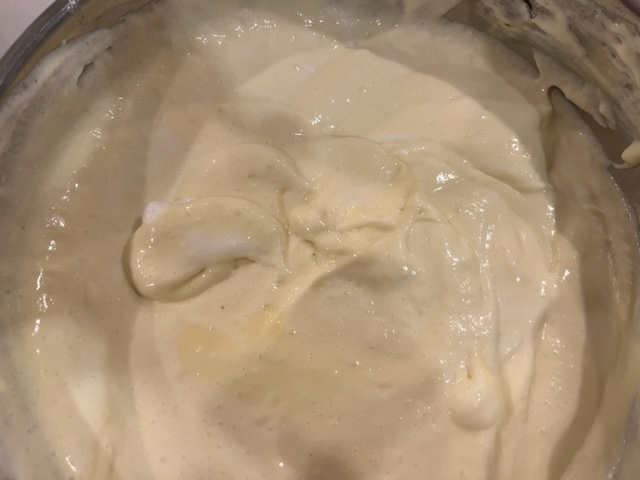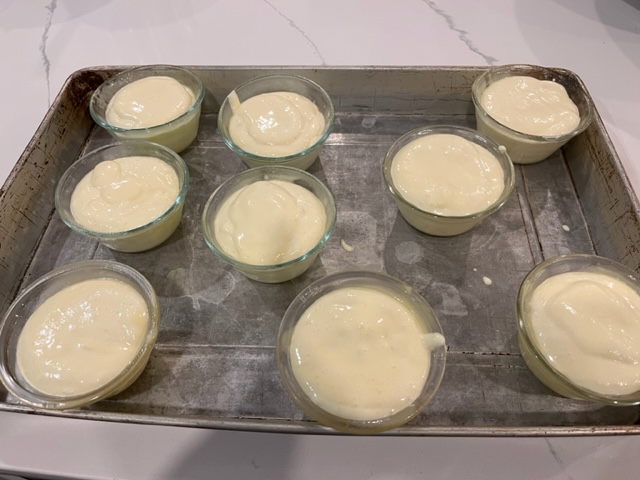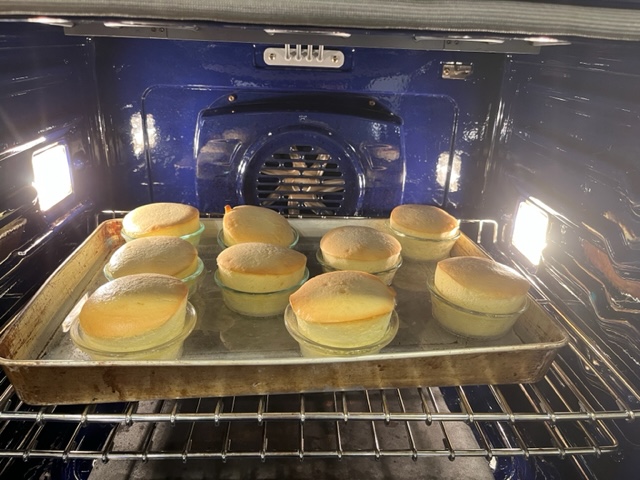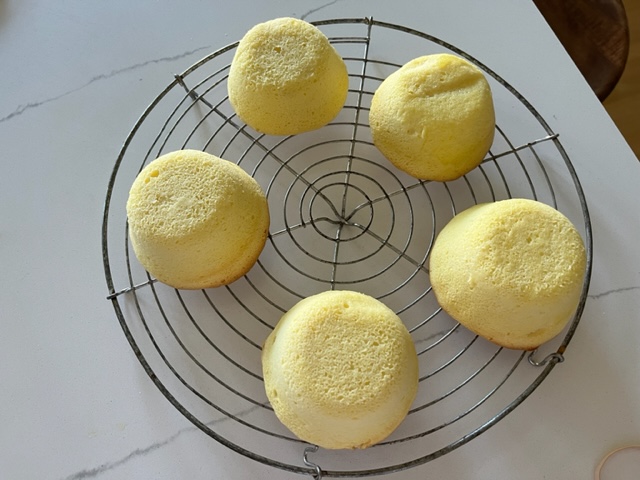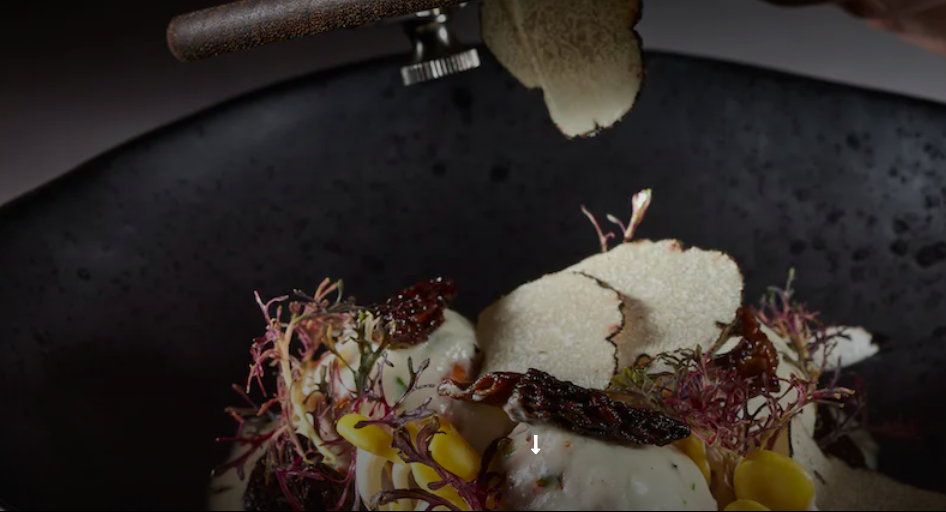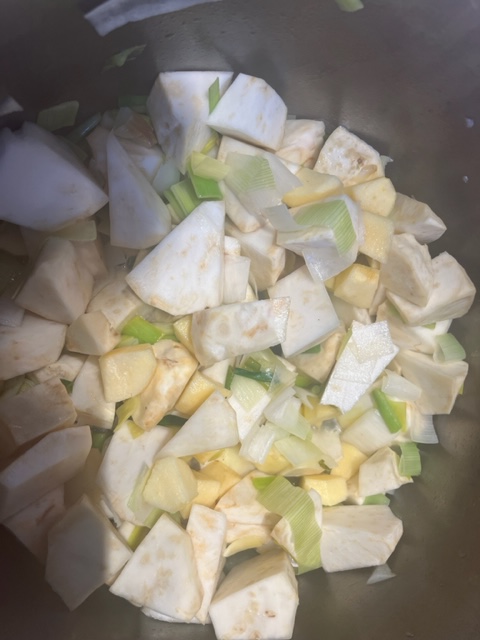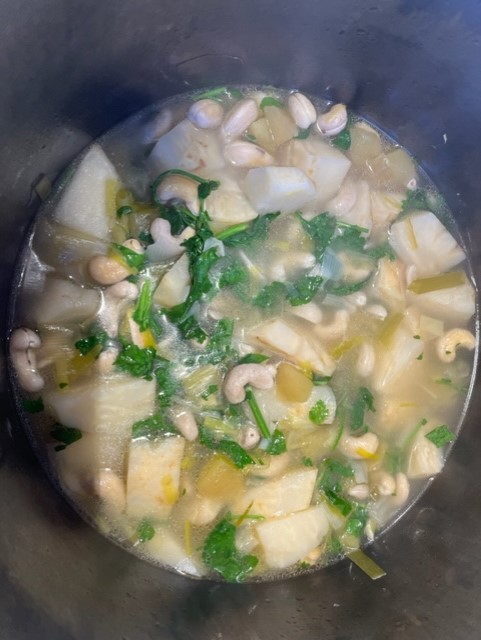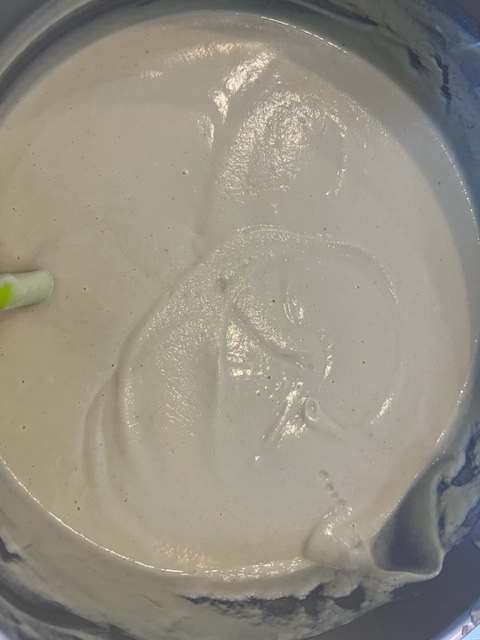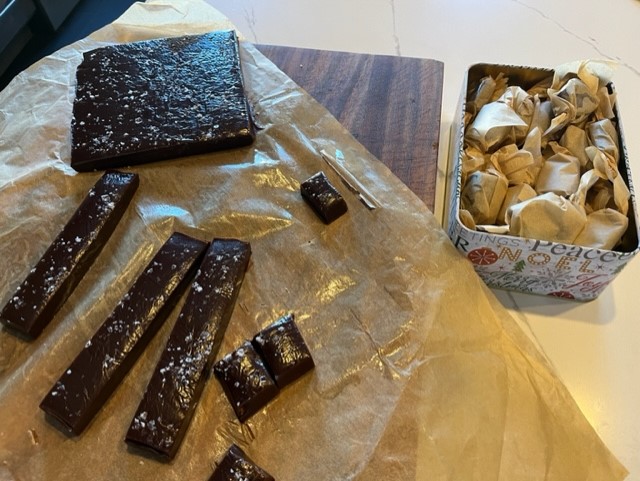Over the many years I’ve made these cookies, which are sometimes called “crinkle” because of the cracks, I often changed the ingredients, and the cookies were always delicious. I made them gluten-free, using sweet rice flour/tapioca starch or chestnut flour (which is sweet, so you have to cut the sugar). I made them dairy-free, using coconut oil. I made them vegan, using coconut oil and flaxseed eggs (1 Tbs. ground flaxseed mixed with 2.5 Tbs water.) I used Dandy Blend (ground dandelion, chicory, and beetroot) instead of instant coffee. Most recently, when I found a package of organic Ecuadorean cocoa mix (excellent! of course I tasted it) on our apartment building’s thrift table, I subbed that for the cocoa and the sugar. The recipe withstands these changes, I think, because the chocolate is dominant. My go-to is 72% Pound Plus from Trader Joe’s, but I have also used unsweetened chocolate and increased the sugar. You could use sweeter chocolate ( say 55%)and eliminate the sugar from the recipe (but not the molasses, because it adds a certain chew and bitter edge). The percentage refers to the cocoa solids–the higher the number, the less sugar.
Many recipes lurk out there (including, quelle horreur, one that uses boxed cake mix and whipped nondairy topping) and you may even find the cookies in supermarkets. Below is a recipe with variations that I hope won’t disappoint. I think of it as “adult” because of the bitter complexity created by the molasses and coffee. But because the sugar coatings are the first thing your mouth tastes, they initially seem sweeter than they are, and while the texture resembles fudge, the taste does not. Cold, they are chewier than at room temperature.
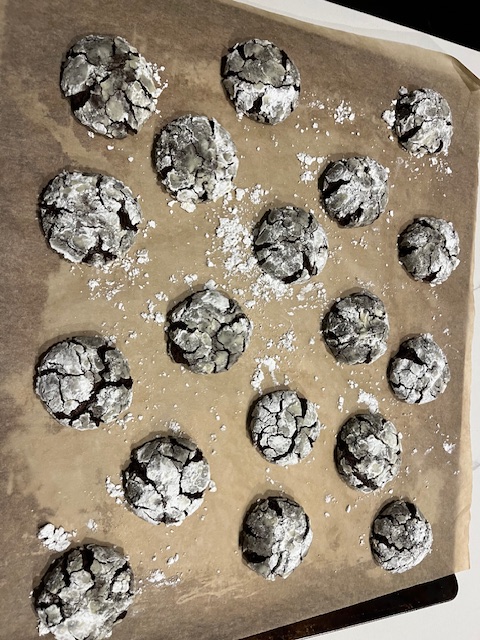
8 ounces 72% chocolate, chopped and melted (I use the microwave– stir after a minute, letting residual heat melt any chunks, microwave again for 20 seconds if there are many unmelted pieces)
4 ounces butter (one stick) or coconut oil
2 Tbs. molasses
1/2 cup sugar (you can substitute brown sugar for the sugar and molasses–I don’t buy brown sugar because it it is just white sugar with molasses added; if you are using sweeter chocolate (lower cocoa solid number), cut back on the sugar).
2 eggs (or flaxseed variation)
1 cup flour (all purpose, chestnut, g/f blend, etc.) If using sweet rice flour (2/3) and tapioca starch (1/3) they should together weigh 4 ounces. If using chestnut flour, reduce the sugar by half.
1/2 cup unsweetened cocoa powder (alkalinized or not)
2 Tbs. instant coffee or Dandy Blend or espresso powder
2 tsp. baking powder
1/4 tsp salt (omit if using salted butter)
granulated and powdered sugar, for coating
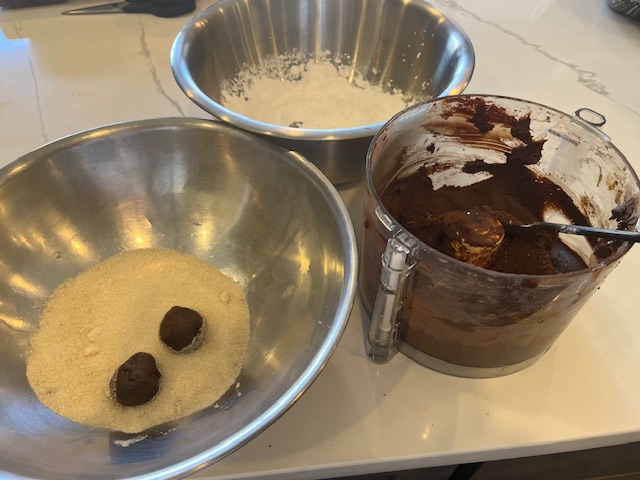
I make the dough in a food processor, but you can also use a mixer.
Cream the fat, sugar, cocoa, coffee. Add the eggs, then the flour and finally the melted chocolate. At this point you can scrape out the dough and turn it into a plastic-wrapped package for chilling and then cutting into squares, or you can just put the container in the refrigerator for about 30 minutes. Yes, the outside will chill faster than the middle, but I can live with that, with the bit of mess it makes to create balls of dough and roll them first into granulated and then into powdered sugar.
At this point, if your kitchen is warm, you can chill the balls of dough right in the bowl of powdered sugar. If the balls are holding their shape, place them on a parchment-covered cookie sheet toward the top and middle of the oven and bake at 325 for 9-10 minutes. As soon as they are puffed and spread, take them out. (One has to be careful not to overbake recipes with chocolate!) Allow to cool before moving into tins or a plate or eating. (The chocolate will cool and will provide stability.) I’ve kept these for a month in my refrigerator, and I suspect the vegan version will keep even longer because coconut oil is more stable than butter.
